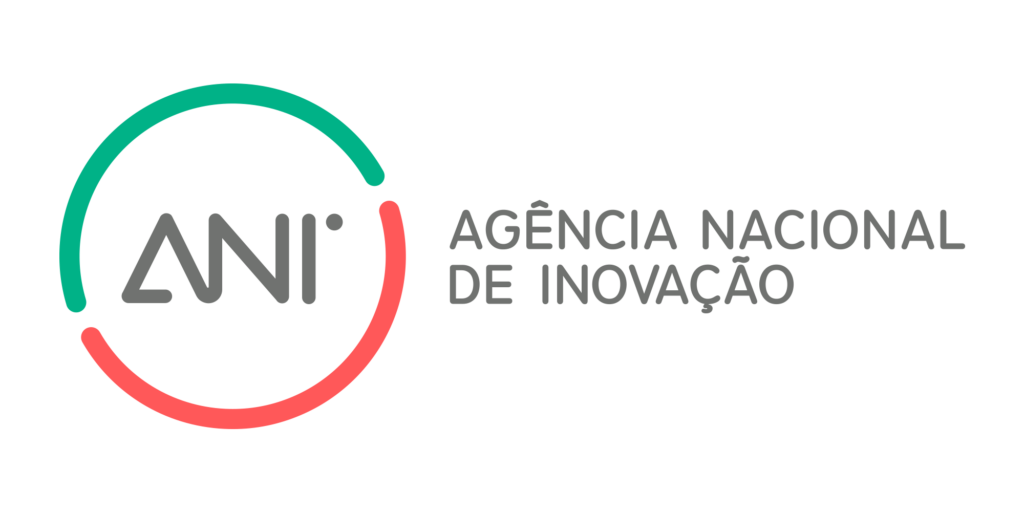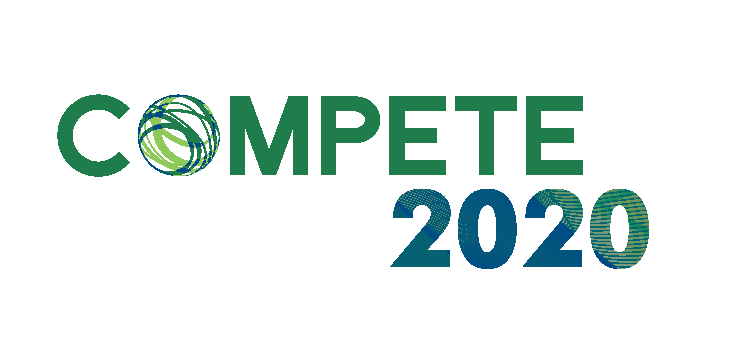RoboShot@FRC
In 2013, the EC laid the foundations for the development of the Trans-European Transport Network (TEN-T), defining an integrated, multimodal core network to be implemented by 2030. This network links Europe from east to west and from north to south, through the optimal integration of all means of transport that maximise efficiency, comfort, economy and environmental costs.
This project RoboShot@FRC is therefore intended as a contribution to this European Strategy, since a paradigm shift for a preferential use of rail transport of people and goods, the technology for manufacturing, rehabilitating and strengthening the railway tunnels must be significantly increased. This should be assured through an integrated strategy involving the use of more durable and performant materials, their application using robotization coupled with advanced tools for inspection and diagnosis, spatial and event digitalization (damage), and design of fibre-reinforced concrete (FRC) structures that take advantage of the technical and economic advantages of this composite.
This project aims to develop a new generation of shotcrete gun supported on a robotic arm for applying FRC in tunnels according to the exigencies obtained in the stability project. Furthermore, this shotcrete gun should allow the application of more than one type of fibres in order to be mobilized the advantages of using hybrid fibre reinforcement systems. In tunnels, a hybrid fibre reinforcement system composed of fibres of low and high module of elasticity can assure target levels of reinforcement efficiency due to the complementary of reinforcement mechanisms these fibres can provide. In fact, fibres of low module of elasticity that volatilize above a certain temperature have the main purpose of cracking control due to shrinkage and avoid explosive spalling and disintegration of concrete due to fire action, while fibres of high module of elasticity assure the target post-cracking tensile capacity.
For an integrated and optimized efficiency of the robotic system to be developed, this project includes innovative activities in all the chain that a stability project of a tunnel involves, with contributions of many partners: development of a BIM platform for tunnelling network (under leadership of “Infraestruturas de Portugal”); development of a new constitutive model for FRC structures including distribution and orientation of the fibres and development of the digital information in BIM about tunnel properties affecting the design (under leadership of “Structural Composites” group of University of Minho, of which the DiCE cluster will join efforts);.development of new methodology to optimize FRC for the robotic technology (under leadership of EPOS company); development of a software for reading the tunnel’s stability project, controlling the robotic arm, and performing the closed loop control system for the projection and quality verification of the built structure (under leadership of “Polytechnic of Leiria”); develop a new generation of shotcreting gun coupled to the robotic arm (under leadership of “LEIRIMETAL”).
Institutions envolved





Website
Financing agency





